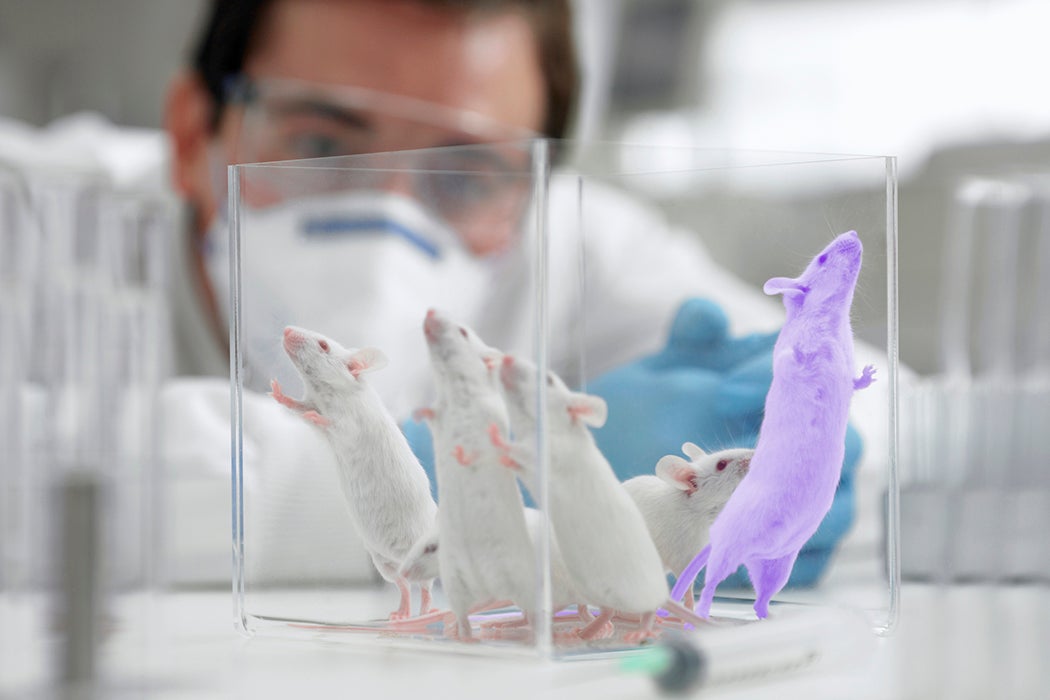Nicolas Chevassus-au-Louis’s new book, Fraud in the Lab: The High Stakes of Scientific Research (translated by Nicholas Elliott) tackles the issue of scientific fraud head-on, with some tough love for the scientific community. The book should be read by everyone interested in the sciences. Chevassus-au-Louis offers a welcome reminder that scientists are human, too, subject to the temptations of ambition, to career pressures, and to plain old greed.
But how prevalent are the problems of fabrication, falsification, and plagiarism of data? FFP, in shorthand, are the components of the U.S. Office of Science and Technology Policy’s definition of a violation of scientific integrity. One measure may be the retraction of journal articles. The scholars Ferric C. Fang, R. Grant Steen, and Arturo Casadevall bluntly title their study, “Misconduct accounts for the majority of retracted scientific publications,” writing that the “number and frequency of retracted publications are important indicators of the health of the scientific enterprise, because retracted articles represent unequivocal evidence of project failure, irrespective of the cause.”
These scholars reviewed 2,047 retractions of articles in biomedical and life-science journals between the late 1970s and 2012. Using the PubMed database, which reaches back to the 1940s, they found the first ever retraction in 1977. This was for an article originally published in 1973. “Retraction is a relatively recent development in the biomedical scientific literature, although retractable offenses are not necessarily new,” they write.
The researchers found that 21.3% of these retractions were attributable to errors. These are considered good-faith retractions: researchers realized an error had been made, and request the retraction. Misconduct accounted for 67.4% of retractions. Misconduct was further broken down into fraud or suspected fraud (43.4%); duplicated publication (14.2%); and plagiarism (9.8%).
There’s been “a marked recent rise in the frequency of retractions” in recent years, the authors write. They say that this increase can’t be attributed to the rise in the number of research publications, since “retractions for fraud or suspected fraud as a percentage of total articles have increased nearly 10-fold since 1975.”
For context, PubMed has millions of articles. The number of articles that should be retracted has to remain unknown, for there is an opaqueness to the process, and no universal standard. And when articles are retracted, publications do not always give a reason for their action. The authors write, “Incomplete, uninformative, or misleading retraction announcements have led to a previous underestimation of the role of fraud in the ongoing retraction epidemic.”
Weekly Newsletter
Why does any of this matter? Trust and integrity are vital to the scientific enterprise. The majority of retractions and the majority of fraud cases are in the biomedical field, where the stakes are high (like potential patents). This is also the field most intimately connected with people’s lives, in clinical trials, hospital visits, pharmaceutical use, etc. Consider the example of what is arguably the most famous case of retraction in recent years. A 1998 Lancet article on the supposed causal link between the MMR vaccine and autism became the notorious “scientific” basis of the anti-vaccination movement. Its publication lead to a panic and sudden drop in vaccination rates in the UK, and thus a subsequent rise in the cases of rubella and measles.
Detailed examinations of the study showed it to be, to put it politely, extremely flawed. The article’s co-authors eventually charged that they had been tricked by the lead author, who ended up being banned from practicing medicine in the UK. The article was retracted, but only in 2010, after hundreds of citations in the literature—and many more citations in the maze of “anti-vax” conspiracies. As it happens, retraction, for the Lancet, means the article can still be read. “RETRACTED” is placed over the article, but no explanation is given.







